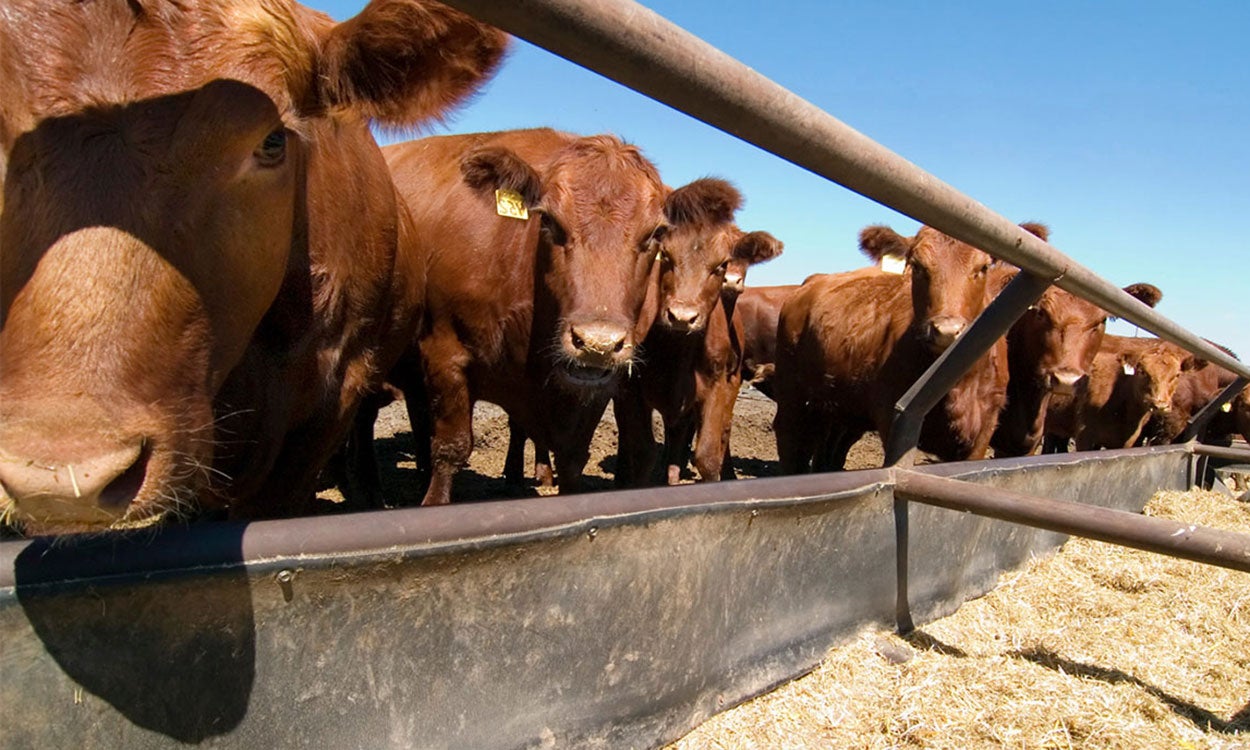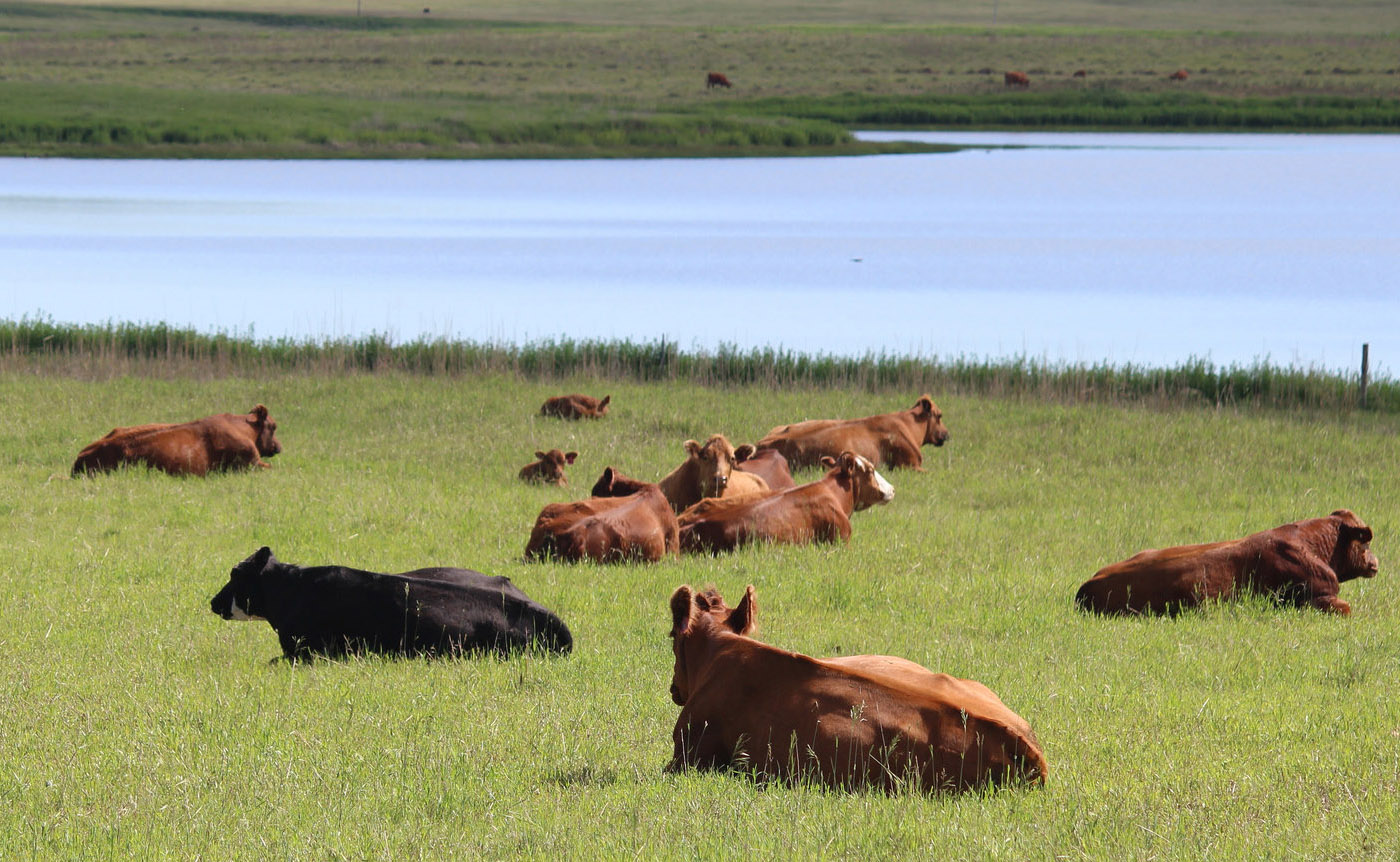Search

Concentrated Animal Feeding Operations training to be held March 29
March 06, 2023
South Dakota State University Extension, the South Dakota Department of Agriculture and Natural Resources, and the Natural Resources Conservation Service are offering an environmental training session for operators of Concentrated Animal Feeding Operations (CAFOs) on March 29 at the Crossroads Convention Center, 100 Fourth St. S.W., in Huron.

Understanding the Critical Role of Broadleaf Pollinator Plants in Pastures
Understanding the economic role of pollinators is the first step towards understanding their diverse values to grassland and crop systems.

Cattle and Land Conservation in South Dakota
Analysis of results from a 2017 South Dakota farmer survey reveals that cattlemen tend to be more land conservation oriented than their grain farming counterparts.

June 2019 Climate Outlook for South Dakota
As South Dakota emerges from the wettest 12-month period in 124 years of climate recordkeeping (June 2018-May 2019), June has started warmer and drier than average. The outlook, however, turns towards cooler and wetter than average again for the middle of the month.

Why Tattoo Your 4-H Livestock?
Proper identification of animals helps create an honest record keeping system. With current DNA blood typing procedures animals can be identified through parentage, but when it comes to everyday practices on the farm or ranch a good tattoo can be a huge time saver in the event of a lost ear tag.

Are Ant Mounds in Pastures Bad?
We often receive reports of large ant mounds in a pastures and rangeland. These mounds are the creation of thatching ants, which are common in South Dakota. Although these mounds are often considered a nuisance, the ants may play an important role as predators of potential pest insects.

Aphid Populations Being Observed in Wheat
During the past couple of weeks, reports of aphid populations in wheat fields have slowly been increasing. Typically, the initial aphid populations are observed earlier in the season, but the 2019 spring may have delayed infestations.

July 2019 Climate Outlook: Challenges Continue
This year’s seasonal pattern of wetter than average conditions is projected to continue through July and the rest of the summer season. The latest climate outlook, released June 20, 2019, shows an increased chance of wetter than average conditions in the next one to three months for the state of South Dakota.

Parasite Control for Cow Calf Operations
Spring is coming and with calving season underway it is important to keep our eyes forward on to the next step in production.

Fly Control Considerations for Cattle on Pasture
Along with being irritants to livestock, horn flies, face flies and stable flies are economically important to producers due to their negative impacts on milk production and calf weaning weights.